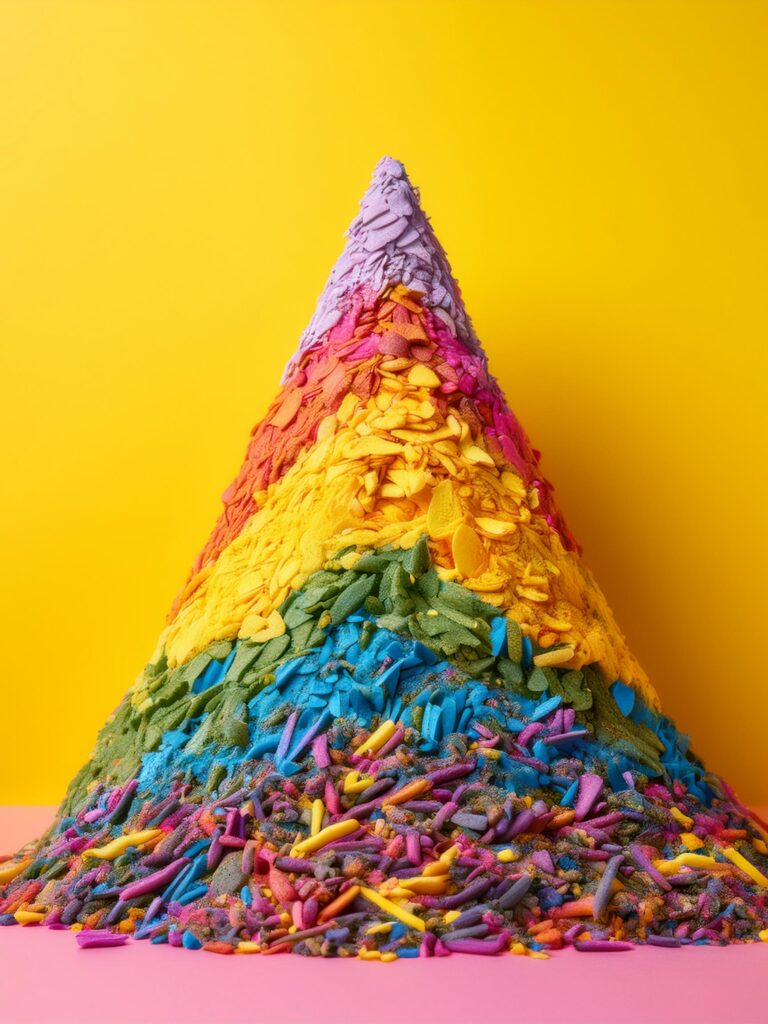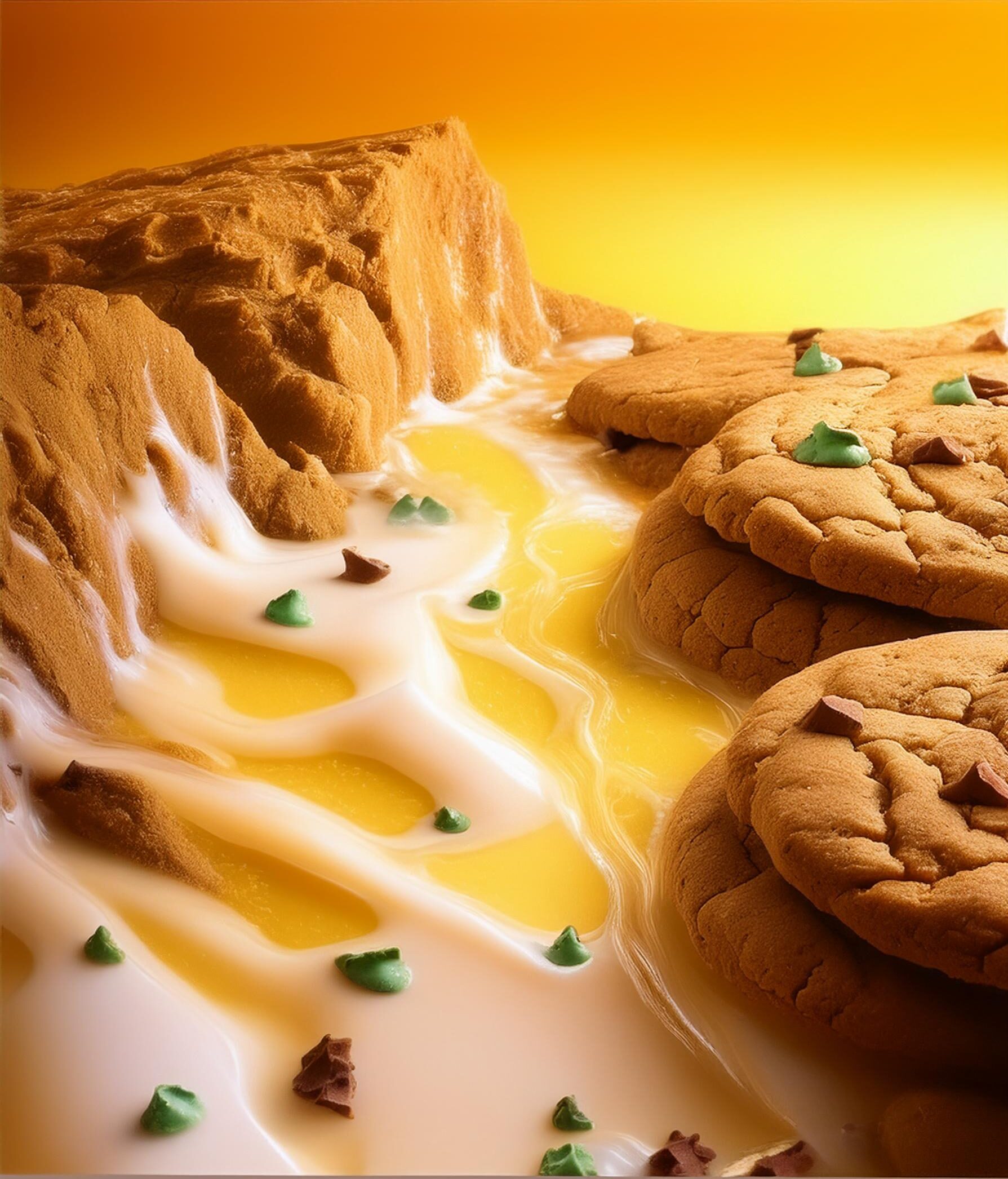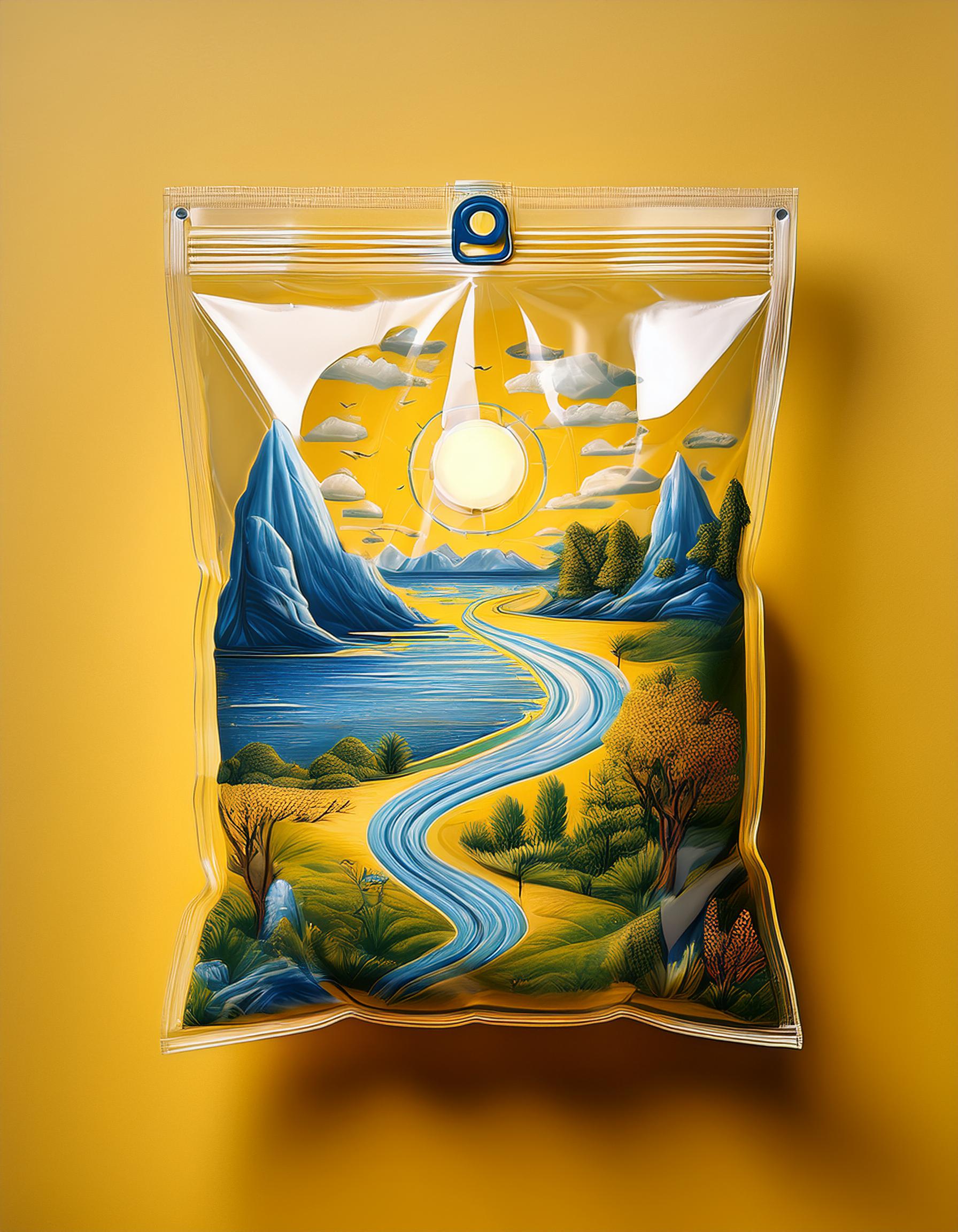Colorful Geology: Unearthing the Secrets of Rocks with Crayons
Welcome to a vibrant journey through the geological processes that shape our planet, right from the comfort of your home! This is a hands-on experiment that not only sparks creativity but also illuminates the fascinating world of geology.
Imagine holding the power to create mountains, forge valleys, and form rocks with just the sweep of your hand. That’s what we’ll explore through the Crayon Rock Cycle experiment, a delightful activity that transforms everyday crayons into a vivid representation of the Earth’s dynamic systems. In this experiment, children can simulate the formation of sedimentary, metamorphic, and igneous rocks using simple materials found at home.
Now, let’s talk about the science behind this colorful exploration. Geology, the study of the Earth, its substances, shapes, processes, and history, is at the heart of this experiment. By applying heat and pressure to crayon shavings, we mimic the natural processes that lead to rock formation. Sedimentary rocks form from the accumulation and compaction of mineral and organic particles, metamorphic rocks arise from the transformation of existing rock types in a process involving heat and pressure, and igneous rocks are created from the cooling and solidification of magma or lava.
Here’s a list of alternative materials you can use if you’re missing any from the original list:
– Instead of crayons, consider using old candles or beeswax.
– No cheese grater? A vegetable peeler or a blunt knife can do the trick.
– Parchment paper can be a substitute for wax paper.
– In place of aluminum foil, try using a silicone baking mat or a non-stick baking sheet.
This experiment is perfect for children aged 6 and up, with adult supervision recommended for the melting stages. You’ll need about 15 minutes for preparation, 20-30 minutes for the active part of the experiment, and some additional time for cooling to see the final results. The beauty of this activity is that the results are immediate – once the crayon rocks cool down, your little geologists can hold the fruits of their labor in their hands!
So, gather your materials, and let’s embark on a geological expedition that promises to be as educational as it is enchanting!

Crayon Rock Cycle
Ingredients
INSTRUCTIONS
-
Click here for the full experiment details. Checkout the main website: Little Bins for Little Hands
-
Get experimenting!
-
Feed your knowledge.
-
Come back for more recipes for science!
Note
As the Little Bins for Little Hands site points out, the idea for this project is to use used crayons. Right before or after a school year might be the best time for this one.





